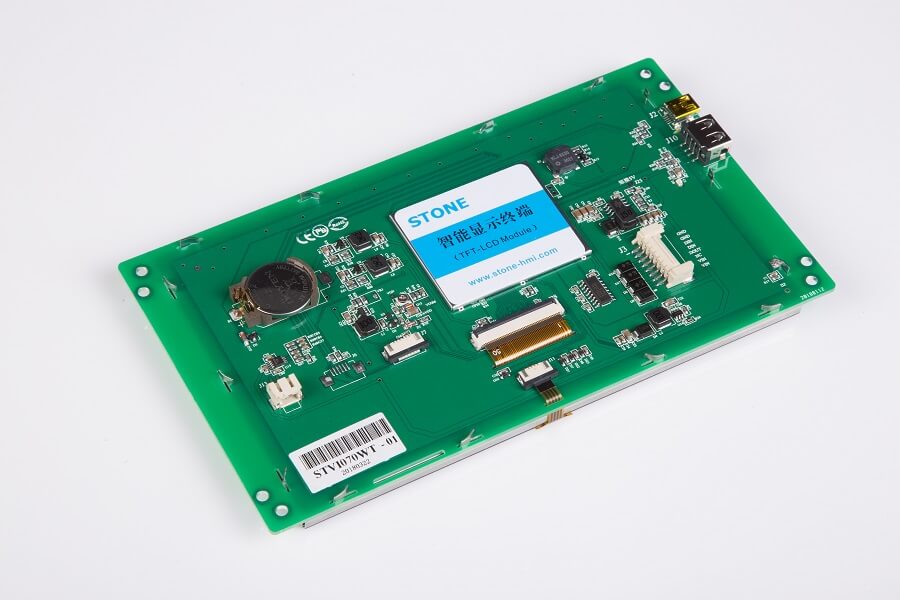What is HMI and Why Use STONE HMI Display?
HMI is changing the way several industries are run now. It is a technology that automates several fields and improves productivity and efficiency on many levels. The merging of humans and machines through HMI is simply the next norm in industrial automation.
Interested in finding out more about HMI? Read on to get a general overview of this technology. Also, we’ll introduce STONE HMI displays and why they’re among the leaders in HMI technology worldwide.

Defining what HMI is
HMI stands for Human Machine Interface. It consists of a dashboard allowing a person to manipulate and interact with a system, device, or machine. HMI is often regarded as the merger of humans and machines for better automation efficiency.
HMI is also known as:
- Operator Interface Terminal (OIT)
- Man-Machine Interface (MMI)
- Local Operator Interface (LOI)
- Operator Terminal (OT)
The HMI presents visual information regarding a system to the user. The person, in turn, can operate and control the process by directly interacting with the machine using HMI software. Touch screens are often used together with HMI software for this system.
Information regarding industrial operating systems is displayed on an HMI screen through a Graphical User Interface (GUI). Icons, pictures, colors, and sounds can all be programmed to represent various operating conditions. The visual format allows users to easily interact with data needed to automate systems.
Some HMI systems also use other methods to exchange information between the human user and the machine. These methods may include speech recognition and motion sensors, among others.
Technically speaking, HMI can be used to denote all kinds of screens and systems allowing users to interact with any device. However, HMI is typically used in an industrial process context.
